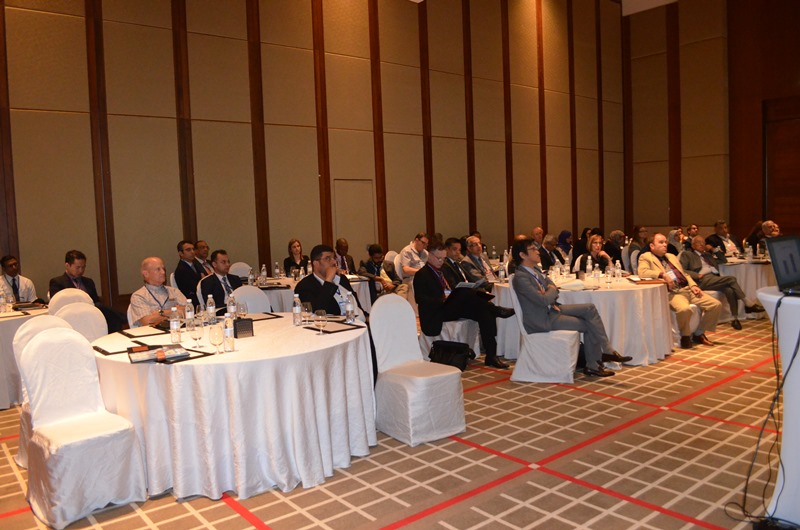
Kalimullah Thahim
College of Physicians and Surgeons
Pakistan
Title: Nasopharyngeal Angiofibroma, Staging, Surgical Technique & Preopeative Embolization
Biography
Biography: Kalimullah Thahim
Abstract
Nasopharyngeal angiofibroma is a benign yet aggressive and destructive vascular lesion of head and neck tumor affecting predominately male between the age group of 12 to 20 also called Juvenile Nasopharyngeal angiofibroma. This retrospective study presents surgically treated patient of juvenile nasopharyngeal angiofibroma. In this study, we discuss major presenting complaints, correlation of radiological and intra operative methods along with the factors affecting the recurrence of juvenile nasopharyngeal angiofibroma. A study of 35 cases of juvenile angiofibroma was conducted from year 2000 to 2010 at Karachi, Pakistan, mostly male adolescent with age ranging from 12 to 20 years. First five cases were operated by trans-palatal approach, while the subsequent 10 cases were operated with lateral rhinotomy, 15 cases with lateral rhinotomy with lip splitting and reaming 4 cases with extended lateral rhinotomy approach within 24 hours of preoperative embolization of internal maxillary artery. One patient age 12 was presumed to be adenoid, later turned out as JNF was approached through endoscope and later removed without embolization. All other patients were preoperatively embolized with the result that intra operative bleeding reduced to an average of 700 ml of blood. Lateral rhinotomy incision was found to be good exposure in wide spread case of tumor while trans-palatine approach proved good result only in cases where the tumor was confined to nasopharynx. Extended lateral rhinotomy approach provides wide exposure for removing the tumor extending into infratemporal fossa and skull base
Speaker Presentations
Speaker PDFs
Speaker PPTs Click Here



